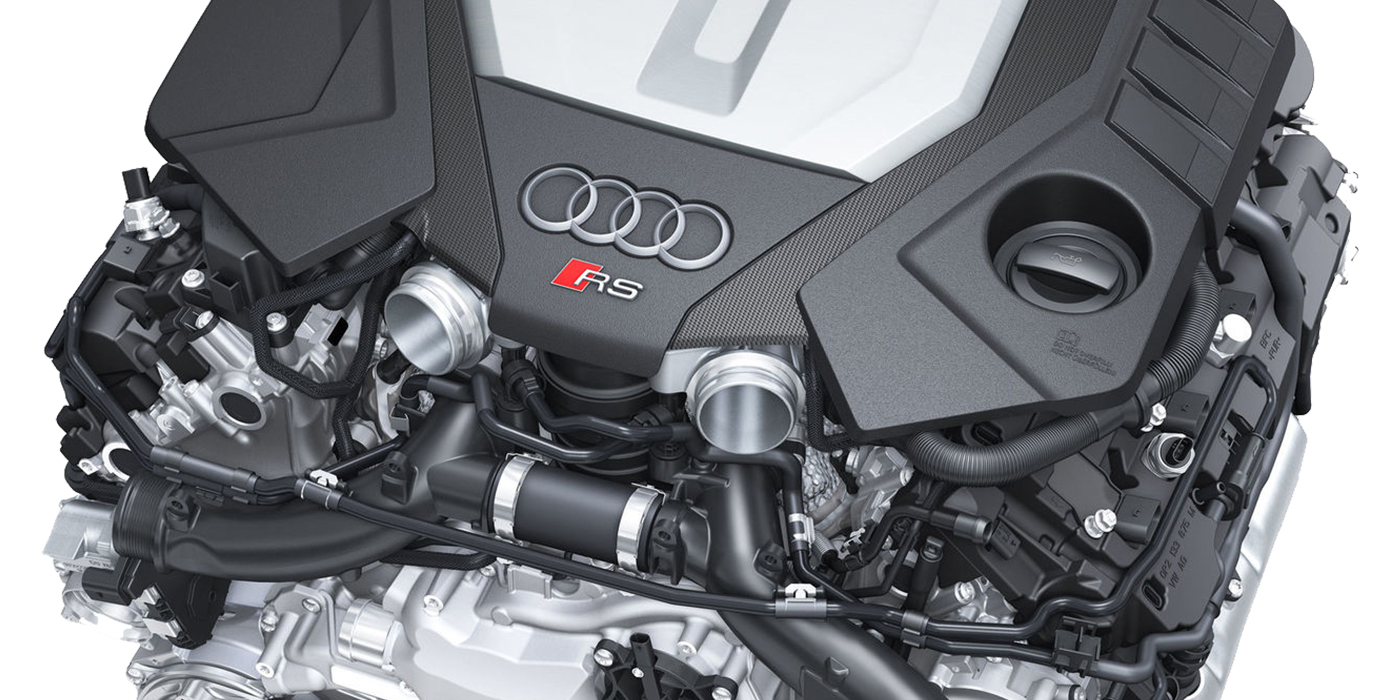We all know to check the owner’s manual to find out which weight oil should be used in the engine of a vehicle, and also generally know to only use motor oils with American Petroleum Institute Certification, designated by the starburst displayed clearly on the container, in most vehicles. But what really is the difference between a SAE 10W-30 and a SAE 10W-40, or for that case, SAE 0W-20 motor oil?
To better understand the numerical code used, a brief explanation is in order. When referencing motor oil weight, you are actually referring to the viscosity grade or the tendency of a liquid to flow slowly or quickly. The Society of Automotive Engineers (SAE) developed a grading system to designate the viscosity level of single grade and multigrade motor oils. In single grade oils, the lower the number, the better it flows at cold temperatures. Likewise, the higher the number, the thicker the oil. In regard to multigrade oils, the first number in the code, such as “10W” in SAE 10W-30, means that the oil can still be pumped by the engine at a temperature as low as a single grade 10W oil. A “5W,” like in SAE 5W-30, can be pumped at an even lower temperature, and a “0W,” like in SAE 0W-30, will pump at the lowest tested temperatures. The W in the designation is commonly thought to represent Weight, but in fact stands for Winter. The second number, “30”, indicates how well the oil will flow when heated to 100° C/212° F or higher.
As engines have become more technologically advanced, engine clearance levels and viscosity grade recommendations may have been reduced, hence the reason your father swore by SAE 20W-50 and your engine calls for SAE 5W-30. If a thicker oil is used in some of today’s high-tech, small clearance engines, oil pressure may increase, but the possibility of improper lubrication can result if the oil cannot adequately flow through the engine. Engine manufacturers carefully select the recommended motor oil viscosity grade for each specific engine, which is why the owner’s manual recommended viscosity should always be used.
Courtesy of Quaker State.
For additional information on products offered by Quaker State, visit www.Qpower.com.













